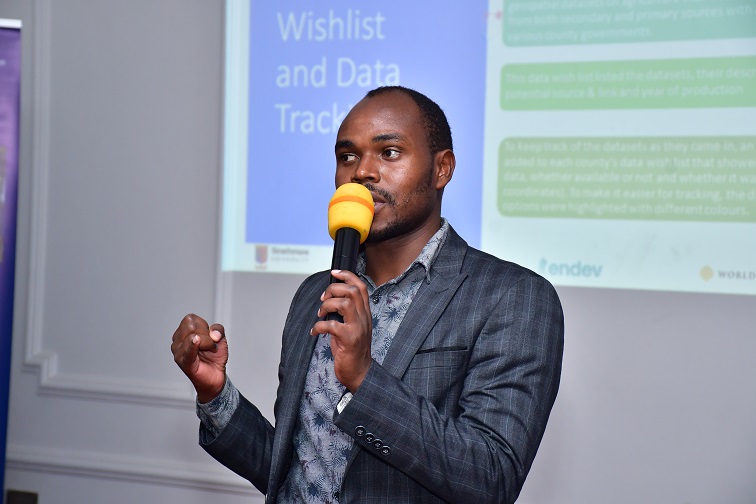
The Kenya Productive Use of Energy Market Status Policy Brief 2021 defines the Productive Use of Energy (PUE) as the umbrella term for using off-grid electricity to power electric appliances that help run a business or income-generating activity. This is key to the country as solar-powered appliances can generate more earnings while creating savings and decent jobs. PUE also directly contributes to Kenya’s Nationally Determined Contribution (NDC), attracting climate financing to Kenya and providing a favorable PUE business environment. It is with this outlook that Strathmore Energy Research Centre, World Resources Institute, and SNV conducted a training on how to map opportunities for productive use of energy using the Energy Access Explorer tool. The training, which was held on 25 and 26 May 2022 was attended by county officials from Bungoma, Makueni, and Narok, private companies, and financiers.
The PUE is an emerging space and as such, many companies may face a challenge discovering the best opportunities to test and expand their business models and solutions. Currently, there is a lack of sufficient information on the market needs, wants, value chain, logistics, and existing competitors, among others. The Energy Access Explorer tool aims to negate this challenge by providing an online platform that provides open-source data information to inform energy access planning, investing, and decision-making for and in the productive use sector by enabling stakeholders to visualize and analyze high priority areas where access to energy should be expanded. This Geographic Information System tool, which uses geospatial analysis, allows the user to access information such as grid proximity, wind power potential, solar power potential, location of farms, agro-processing facilities, markets, water sources, rainfall precipitation, groundwater levels, income levels, investment needs, among others.
Christine Atego, CEO of Sunken Ltd could not agree more. She attests that this tool will provide geographical information that has been lacking to assist in making investment decisions. It will assist her as she sells solar water pumps to the population in Turkana. For example, before advising a supplier on a pay-as-you-go model, this tool will assist her to know the population and thus the implication of a pay-as-you-go model to her as an entrepreneur.
The Energy Access Explorer tool allows one to:
- Generate geospatial analysis based on one’s own criteria
- Link electrification to development outcomes
- Have a better understanding in terms of aspects of affordability and levels of services needed in the region, such as health care facilities
- Identify priority areas where grants and support will have the most impact and;
- A bottom-up assessment of energy needs.
“For a long time, the energy sector has faced challenges in getting specific data in a single place. Thus, the tool provides a fundamental aggregation of data in a unitary platform in terms of infrastructure, environment, and population. Further, this tool provides a simplified user interface to allow non-technical users to analyze the data. A wonderful tool for the industry in a simplified manner,” said Dr. Francis Xavier, Lecturer, and Researcher in energy at JKUAT and a member of the Kenya Renewable Energy Association
This tool is available online and is easy to use. There is no software installation needed. One can access it from the website and immediately begin using it. For further information on this tool, you can consult douglas.ronoh@wri.org.
This article was written by Anne Njoroge, Communications Officer at Strathmore Energy Research Centre.
Would you like to share your experience of living through the circumstances brought by the Covid-19 pandemic? Kindly email: communications@strathmore.edu

